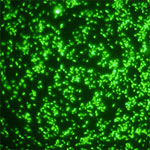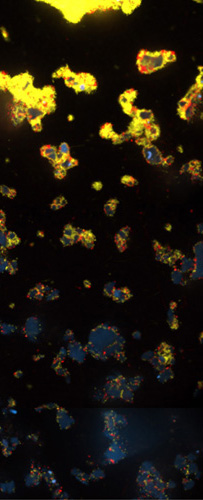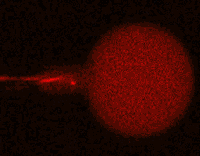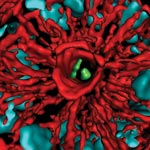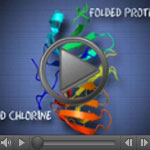 Exposure to hypochlorous acid causes bacterial proteins to unfold and stick to one another, leading to cell death. Credit: Video segment courtesy of the American Chemistry Council. View video
Exposure to hypochlorous acid causes bacterial proteins to unfold and stick to one another, leading to cell death. Credit: Video segment courtesy of the American Chemistry Council. View video
Spring cleaning often involves chlorine bleach, which has been used as a disinfectant for hundreds of years. But our bodies have been using bleach’s active component, hypochlorous acid, to help clean house for millennia. As part of our natural response to infection, certain types of immune cells produce hypochlorous acid to help kill invading microbes, including bacteria.
Researchers funded by the National Institutes of Health have made strides in understanding exactly how bleach kills bacteria—and how bacteria’s own defenses can protect against the cellular stress caused by bleach. The insights gained may lead to the development of new drugs to breach these microbial defenses, helping our bodies fight disease.


